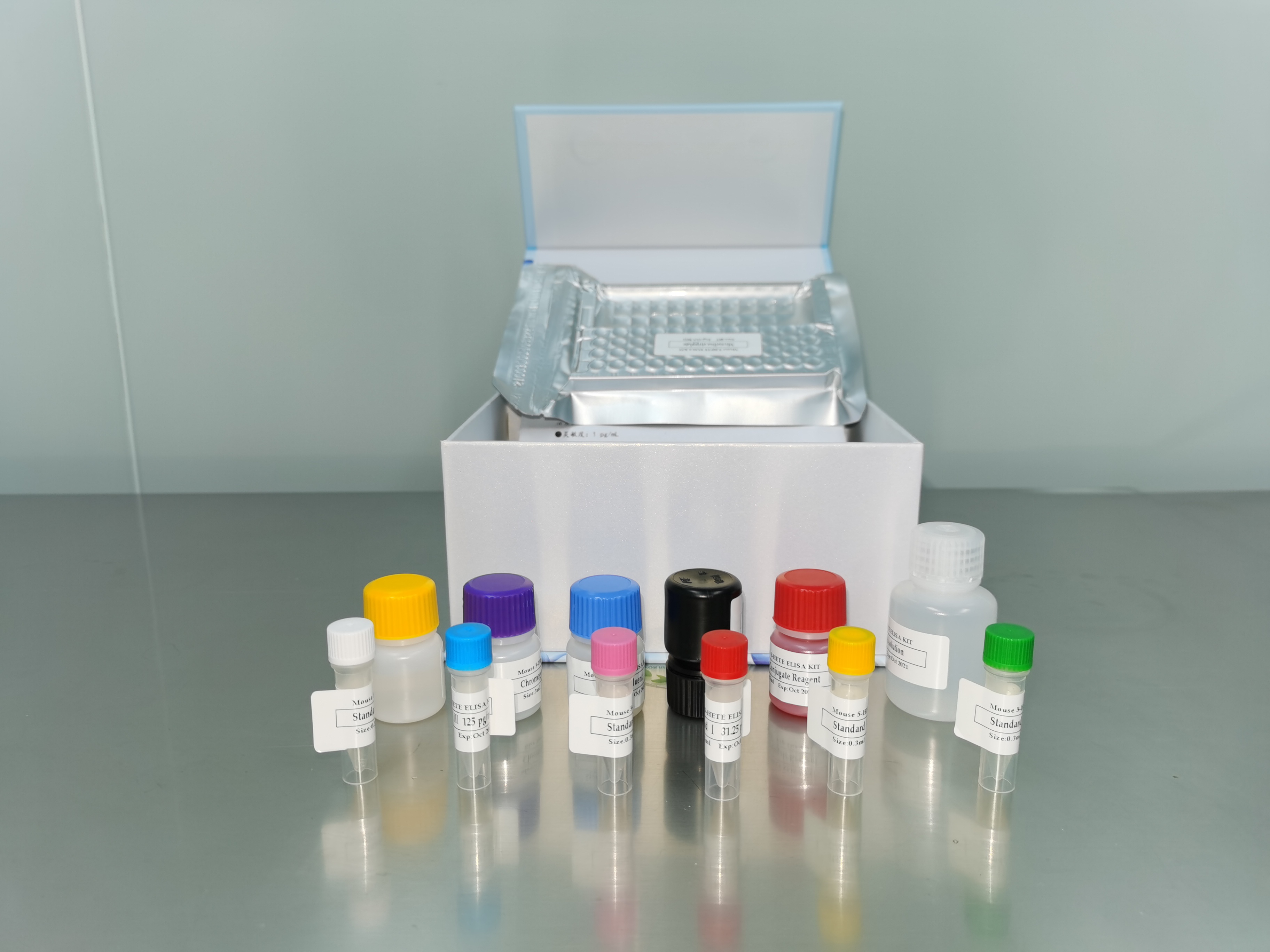| 产品名称: |
Trichosphaerium sp. |
| 商品货号: |
TS140627 |
| Strain Designations: |
Am-I-7 wt (Amoeba-I-7 Wild Type) |
| Application: |
microorganisms for degrading plant cell walls |
| Biosafety Level: |
1
Biosafety classification is based on U.S. Public Health Service Guidelines, it is the responsibility of the customer to ensure that their facilities comply with biosafety regulations for their own country. |
| Isolation: |
stipes of Sargassum muticum, Alegria Beach, Hollister Ranch, Santa Barbara Co., CA, 1984 |
| Product Format: |
test tube |
| Storage Conditions: |
Test Tube: See handling procedure |
| Type Strain: |
no |
| Disclosure: |
This material is cited in a US or other Patent and may not be used to
infringe the claims. Depending on the wishes of the Depositor, ATCC may be
required to inform the Patent Depositor of the party to which the material was
furnished. This material may not have been produced or characterized by ATCC. |
| Comments: |
degradation of plant cell walls digestion of seaweeds |
| Medium: |
ATCC® Medium 1405: HESNW medium
|
| Growth Conditions: |
Temperature: 25°C |
| Cryopreservation: |
Cryoprotective Solution
DMSO, 1.5 ml
Fresh growth, 8.5 ml
- Mix the components in the order listed. When the medium is added to the DMSO the solution will warm up due to chemical heat.
- Harvest the culture by agitating the contents of each flask. A sterile cotton swab or cell scraper may be rubbed over the bottom surface of each flask to detach any adhering amoebae.xa0 Transfer the cell suspensions to 15 ml plastic centrifuge tubes.
- Spin the cell suspensions at approximately 500 x g for 5 min.
- Pool the cell pellets and adjust the concentration to 2.0 - 4.0 x 107 cells/ml with a fresh ATCC medium 1405.
*If the concentration is too low centrifuge at 500 x g for 5 min and resuspend in the volume of ATCC medium 1405 required to yield the desired concentration.
- Mix the cell preparation and 15% (v/v) DMSO in equal portions.xa0 The final concentration will be 1.0 - 2.0 x 107 cells/ml and 7.5% DMSO.xa0 The time from the mixing of the cell preparation and cryoprotective solution to the start of the freezing process should be no less than 15 min. and no more than 30 min.
- Dispense in 0.5 ml aliquots to 1.0-2.0 ml sterile plastic screw-capped cryules (special plastic vials for cryopreservation).
- Place the vials in a controlled rate freezing unit.xa0 From room temperature cool at -1°C/min to -40°C.xa0 If the freezing unit can compensate for the heat of fusion, maintain rate at -1°C/min through the heat of fusion.xa0 At -40°C plunge into liquid nitrogen. Alternatively, place the vials in a Nalgene 1°C freezing apparatus.xa0 Place the apparatus at -80°C for 2.5 to 3 hours and then plunge ampules into liquid nitrogen.xa0 (The cooling rate in this apparatus is approximately -1°C/min.)xa0xa0
- Store in either the vapor or liquid phase of a nitrogen refrigerator.
- To thaw a frozen ampule, place it in a 35°C water bath such that the lip of the ampule remains above the water line. Thawing time is approximately 2 to 3 minutes.xa0 Do not agitate the ampule.xa0 Do not leave ampule in water bath after thawed.
- Immediately after thawing, aseptically transfer contents to a T-25 tissue culture flask containing 10 ml ATCC medium 1405.
- Incubate in a 25°C incubator with the cap screwed on tightly.
- Once a healthy culture has been established, aseptically add 0.5 ml of heat-killed Dunaliella tertiolecta ATCC® 30929 (delayed addition of the food organism following the initial thaw seems to be beneficial).
- Follow the protocol for maintenance of culture.
|
| Name of Depositor: |
M Polne-Fuller |
| U.S. Patent Number: |
|
| U.S. Patent: |
|
| Year of Origin: |
1984 |
| References: |
Polne-Fuller M. Microoganisms and methods for degrading plant cell walls and complex hydrocarbons. US Patent 5,413,933 dated May 9 1995
Polne-Fuller M. A multinucleated marine amoeba which digests seaweeds. J. Protozool. 34: 159-165, 1987.
|


